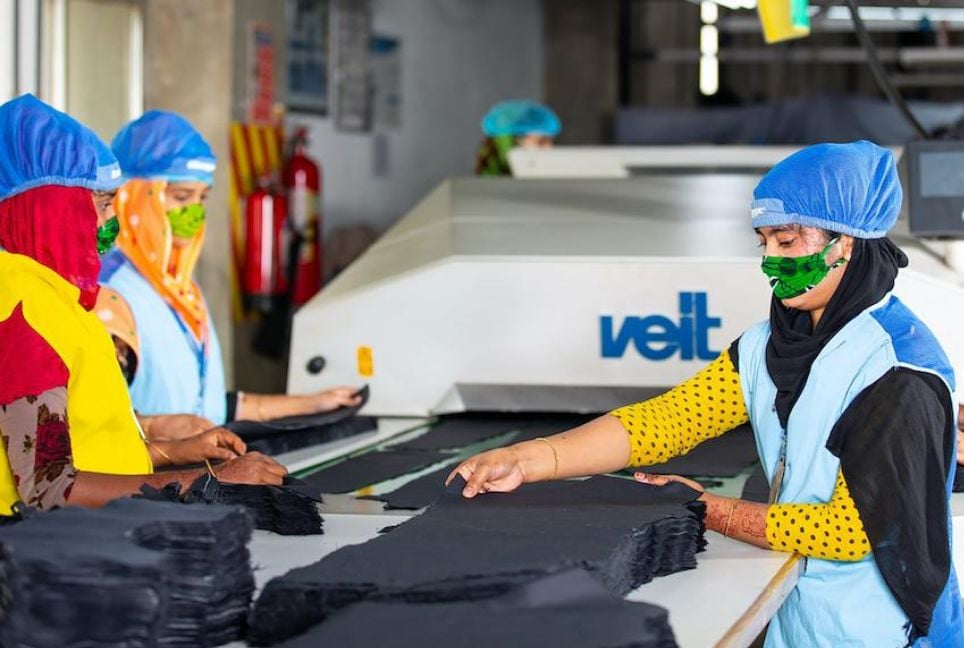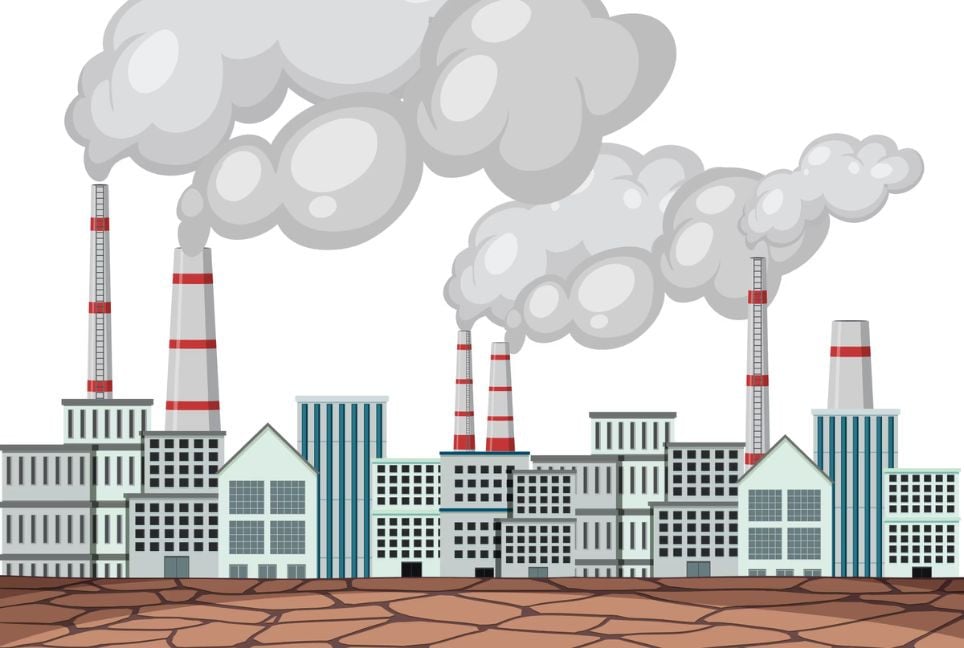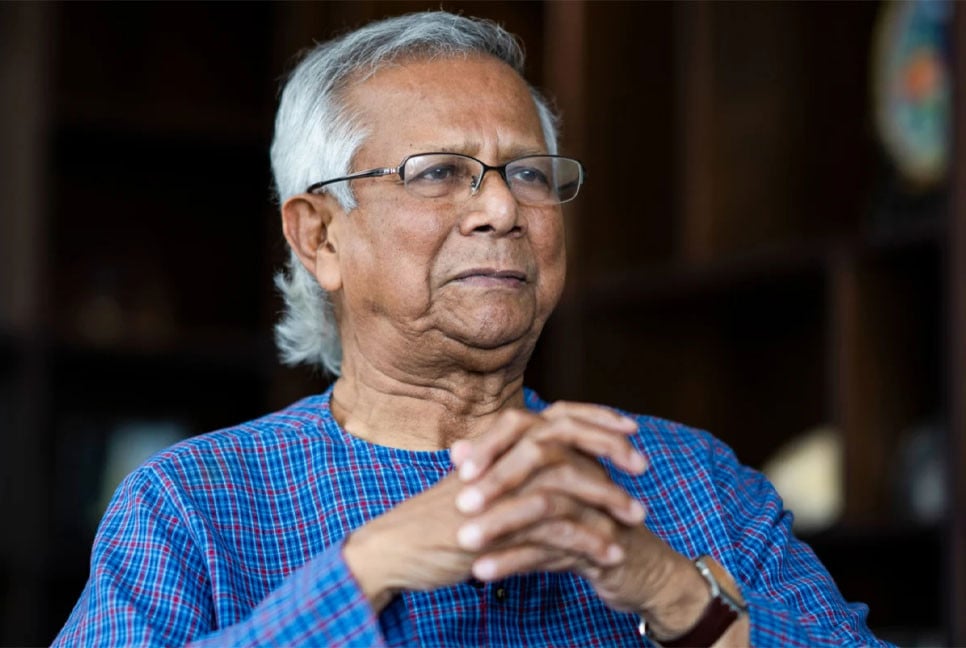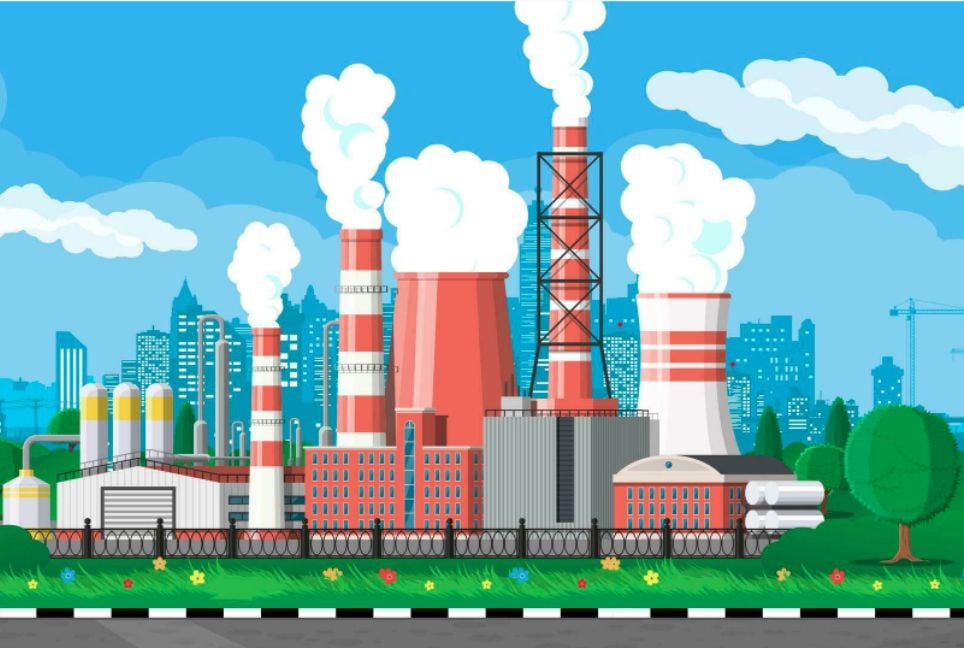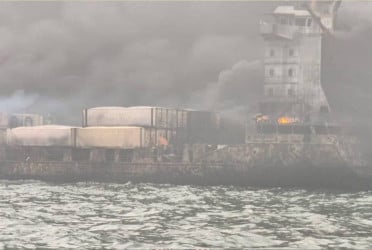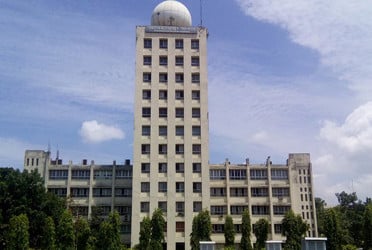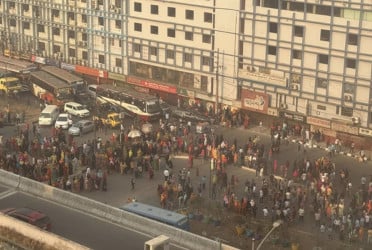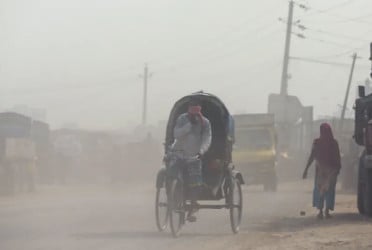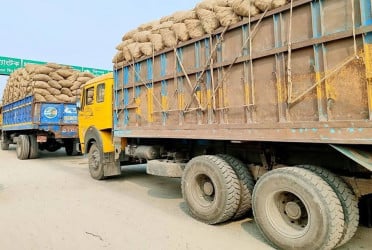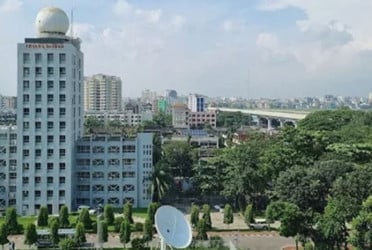The industrial sector in the country is grappling with multiple challenges, exacerbated by political instability. A combination of shortages in gas, electricity, capital, and dollars, along with a lack of raw materials, labor shortages, and declining demand, is crippling industries across the board. Both large and small enterprises are facing severe difficulties.
Data from the Bureau of Statistics reveals that, in October, production in key sectors including cement, lime, plaster, steel, pharmaceuticals, textiles, jute, paper, soft drinks, and tea and coffee all experienced significant year-on-year declines.
Those concerned said that the uncertainty created among industrialists due to political uncertainty is affecting industrial production. The textile sector, including ready-made garments, is in crisis due to labor dissatisfaction and capital shortage. The rod and cement industries are in crisis due to a massive drop in consumer demand. Entrepreneurs and businessmen are discussing with advisers of the interim government and heads of various organizations to deal with the crisis. But no solution is found.
A review of the latest report of the Bangladesh Bureau of Statistics (BBS) has shown that even after the formation of the interim government in August last year, there is a negative impact on the production of large to small and medium industries. Among the industries that saw a decrease in production in October compared to last September are - textile sector garments, knitwear, knit fabrics, building, ships and floating structures, paper, fertilizer, petroleum products and fruit processed products.
Regarding the crisis in the textile sector, BKMEA President Mohammad Hatem said, “Our main challenges are the energy sector, deterioration of law and order, banking sector, and customs-related conditions; if these problems are not resolved, the industrial production will definitely decrease, which will also have a negative impact on export earnings.”
Not only on a monthly basis, but also on an annual basis, information has been received about the decline in production of important industries.
According to the BBS report, compared to October 2023-24, production of soft drinks decreased by 9.13 percent in October of the current fiscal year 2024-25, production in the weaving textile industry decreased by 29.31 percent, production in jute textile decreased by 35.50 percent, production in the pharmaceutical industry decreased by 10.81 percent, production in the cement, lime, plaster industry decreased by 5.94 percent, tea and coffee processing decreased by 16.28 percent, production in the fruit food processing industry decreased by 18.09 percent, and paper production decreased by 0.02 percent.
Similarly among small and medium industries, finished textile production decreased by 8.67 percent, handloom textile by 5.51 percent, knit fabric production by 1.38 percent, and iron and steel industry production by 6.57 percent.
The review shows that the rod-cement industry is in the worst crisis after the textile industry. Those concerned said that the construction industry came to a standstill due to student and public protests and movements in July-August. Although about 6 months have passed since the change in the political situation through the uprising, the situation has not changed. Work on government projects is stopped.
On the other hand, due to inflation, the construction industry has come to a standstill due to the lack of sufficient money in the hands of people, which has had a major negative impact on the production of cement, lime and plaster and rod and steel industries.
Alamgir Kabir, President of the Bangladesh Cement Manufacturing Association, recently told Bangladesh Pratidin that due to the political changes that have taken place in the country, the private sector is not doing construction work now unless there is a great need. Those who had started have also stopped work due to various uncertainties.
On the other hand, most government projects, including mega projects, are closed. Due to the changed situation, many public representatives and contractors have fled, and construction work has also stopped in the rural and rural areas. As a result, the demand for rod cement has decreased greatly. Demand in the cement industry has decreased by about 35 percent.
(Translated by Tanvir Raihan)





